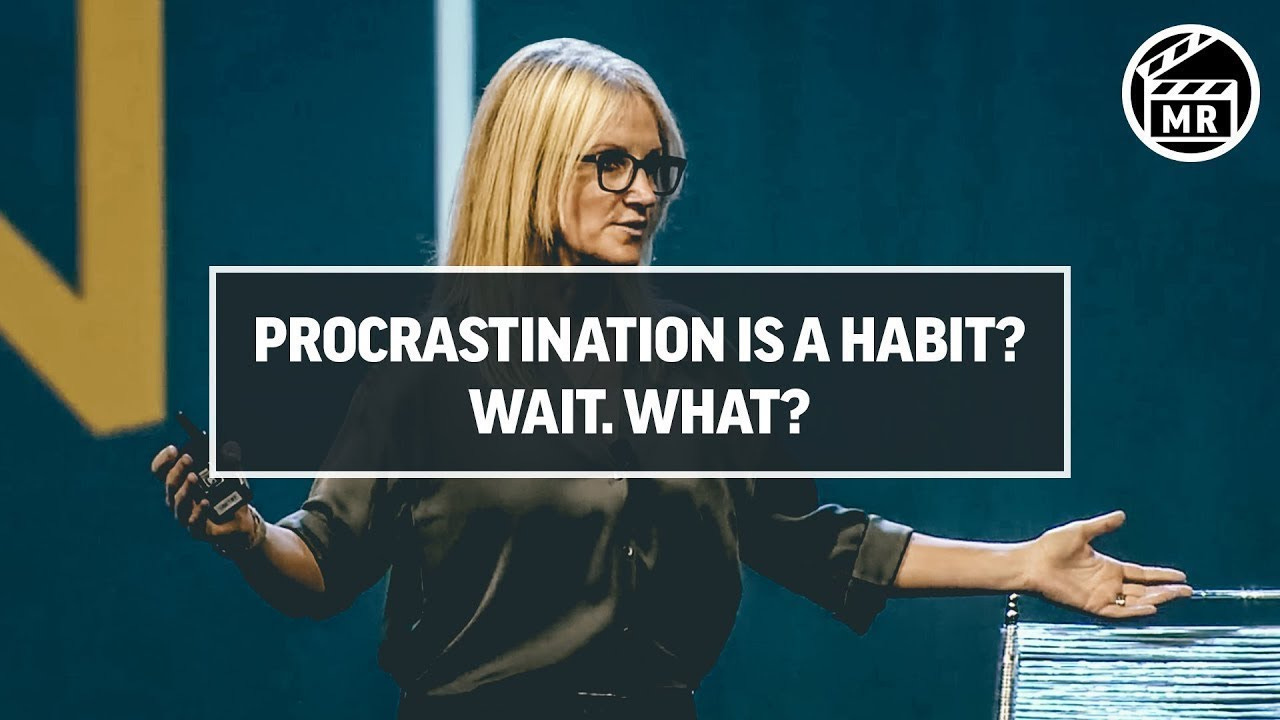Let’s talk about procrastination.
Mel Robbins has a solid take. She said:
“You are not a procrastinator. You have a habit of procrastinating.”
Before I tell you how to build systematic time management, it’s essential to note how “association” makes a habit harder to break. The above quote is the best way to illustrate the concept.
To fully overcome procrastination, you must stop labeling yourself as a procrastinator. That’s the first step. When you recognize yourself as a total procrastinator, you are programming your mind that you are the whole of it. It isn’t just a part of you, but the entire “you.” It’s in your flesh and bones. As a result, procrastination becomes harder to beat because it means getting rid of your own body.
This is what happens if you constantly call yourself a “procrastinator.”
And yes, you aren’t aware of it most of the time. You’re clueless about how this subtle act is engraining a bad habit in you.
Oppositely, if you perceive yourself as someone who only has a habit of procrastinating, you imply that it’s not inherent, but an established routine as you age. And since it’s merely a formed habit, there is a way to detach from it. It’s not in your flesh and bones, it’s simply like an accessory you’ve been wearing all this time. And you can take it off at any moment.
Let’s move on to the actionable tip on how to systematize your time:
I learned this from James Clear’s Atomic Habits. It’s habit-stacking.
Habit-stacking is an act of layering a habit over another. It’s when you make two habits adjacent so that one becomes linked to the other.
This best works for making yourself do a not-so-engaging yet highly-needed task, for example, studying, working out, or accomplishing a deadline-bound activity.
Here’s how it works:
1. You pair the task you’re procrastinating over with something you love doing.
Let’s take studying as an example. If you want to build a daily study habit but always fail to do so, you can consider it before doing the habit you’re mostly addicted to. It’s best if you write this “intention” down and post it somewhere easier to find. Here are some examples:
Before I watch two more episodes of Rick and Morty today, I’ll study for one hour.
Before I write a 1500-blog post today, I’ll study for one hour.
Before I walk my dog outside today, I’ll study for one hour.
Before I read one more chapter of The Goldfinch today, I’ll study for one hour.
Before I play Fortnite until pitch dark tonight, I’ll study for one hour.
The bottom line of this practice is to make your loved habit a prize for doing the task you keep avoiding. This sense of gratification will motivate you (to some degree) to do the work you don’t like that much, which slowly helps you overcome procrastination.
James Clear emphasized the “duration” of the task. To make it more attainable, be specific about the timeframe and number. How many hours will you study? How many chapters will you read? How many episodes will you watch? How many words will you write?
This is to make the starting and ending points of the activity clear. When you know exactly when the habit-building will start and how long it will take, it becomes easier to do.
2. Another way to beat procrastination is to intertwine two tasks.
In other words, you do two activities simultaneously. Clearly, this doesn’t apply to every situation. But this works well for some specific tasks.
For example, if walking your dog outside eats your studying time, you could consider listening to an educational podcast while you’re out there. Studying isn’t necessarily a closed-door activity, and listening could be more efficient than reading in absorbing knowledge. So intertwining these two activities could be your cheat code.
(Just make sure that the tasks you choose are feasible to go together.)



